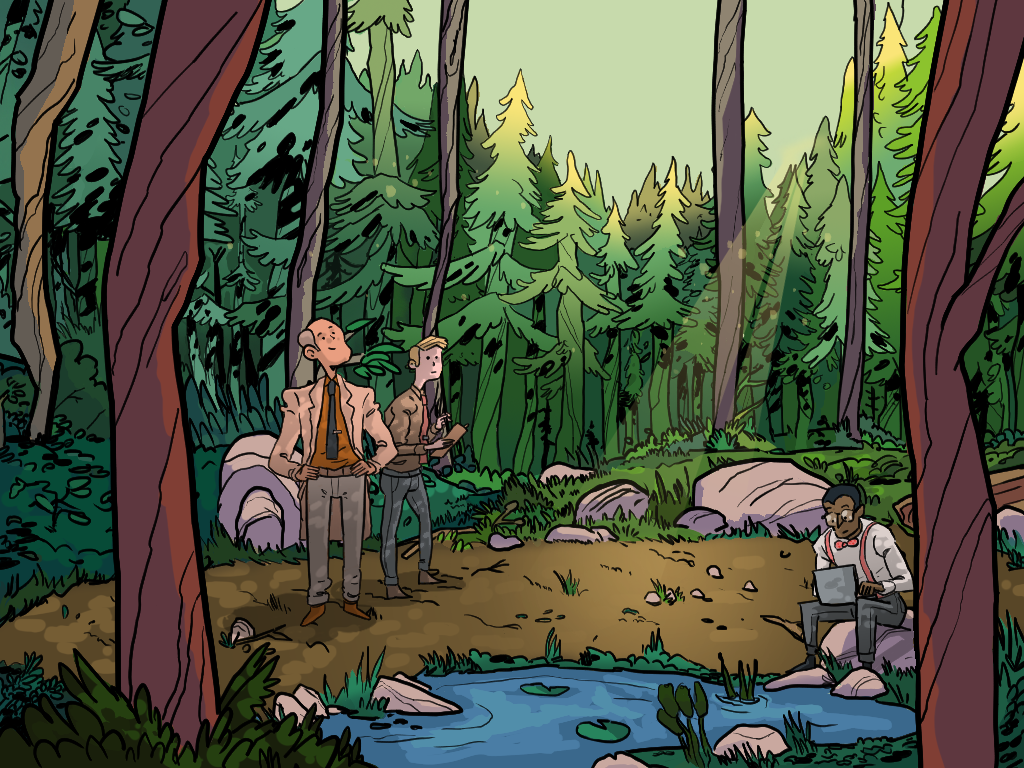Ecology in flux: How do carbon and water travel through environments?

Texas A&M AgriLife Research scientists have developed a database of new standardized metrics for describing the ebbs and flows of carbon and water in ecosystems.
This tool, the Flux Seasonality Metrics Database, will help improve assessments of cyclical changes and evaluate the influence climate as well as natural and human-caused disturbances have on these rhythms.
A global dataset of seasonality indicators of carbon, water and energy fluxes that capture the cyclical changes in plant and animal life were published by graduate student Linqing Yang and advisor Asko Noormets, professor of forest ecology, both of the Department of Ecology and Conservation Biology in the Texas A&M College of Agriculture and Life Sciences.
Noormets said the publication, “Standardized flux seasonality metrics: a companion dataset for FLUXNET annual product,” presented a new tool for scientists to interpret the carbon, heat and water fluxes in environments across the world from a new perspective.
“Water and carbon fluxes are the breathing of the vegetation,” he said. “It is a life rhythm with periods of activity and dormancy. Seasonality in nature allows us to understand the rhythm and pulse of the Earth.”
Noormets said these rhythms represent the collective activity of all living things, but mostly the vegetation. The rhythms both respond to and modify the environment they live in. Over time, ecosystems tend to become more and more complex and in which additional species occupy unique niches and serve particular functions.
Increased diversity and complexity of relationships between organisms in an ecosystem increases an ecosystem’s stability and ability to handle disturbances, he said.
For example, the dead matter that forms in every ecosystem and ultimately develops into soil provides a buffer of resources that support and sustain subsequent generations of organisms. For one, soil absorbs and then gradually releases rainwater, allowing its life-giving effect to last longer than the duration of the downpour itself. In contrast, rocks and paved parking lots do not absorb water, letting it run off the moment it falls.
Thus, life begets life, Noormets said, by accumulating the resources it depends on. However, human activities have significantly changed the types of ecosystems that exist in a given place, changing their structure and species composition and, by extension, the functioning and stabilizing interactions among its constituent species.
Noormets said the newly developed database allows a consistent and long-term view into the seasonal cycles of ecosystem carbon and water exchange across hundreds of different ecosystems around the planet. The longtime horizon allows scientists to consider trends that may take decades to manifest and evaluate their consistency across the globe.
The database also allows the comparison of natural ecosystems with modified or fully artificial environments. As a forest scientist, Noormets noted the distinct patterns between the seasonality of single-species tree plantations and natural forests made up of multiple species.
The database represents a tool that helps the modeling community test existing ecosystem models’ ability to capture the temporal signature of ecosystem carbon, water and energy fluxes, Noormets said. Currently, the model skill is evaluated based on how well a simulated model matches the flux magnitude over a certain period, usually an hour, day or year. Measuring models’ ability to reproduce the time course of flux development sets a higher bar for these evaluations.
“We hope it will help the existing models to evolve and identify the factors that control the year-to-year variability of these fluxes,” he said. “As of now, understanding of the causes of the variability in carbon and water fluxes in ecosystems over multiple seasons remains incomplete. The application is narrow, but we hope this tool helps improve our understanding of the Earth’s complex ecosystems, their functional dynamics and their response to both natural and anthropogenic changes.”

